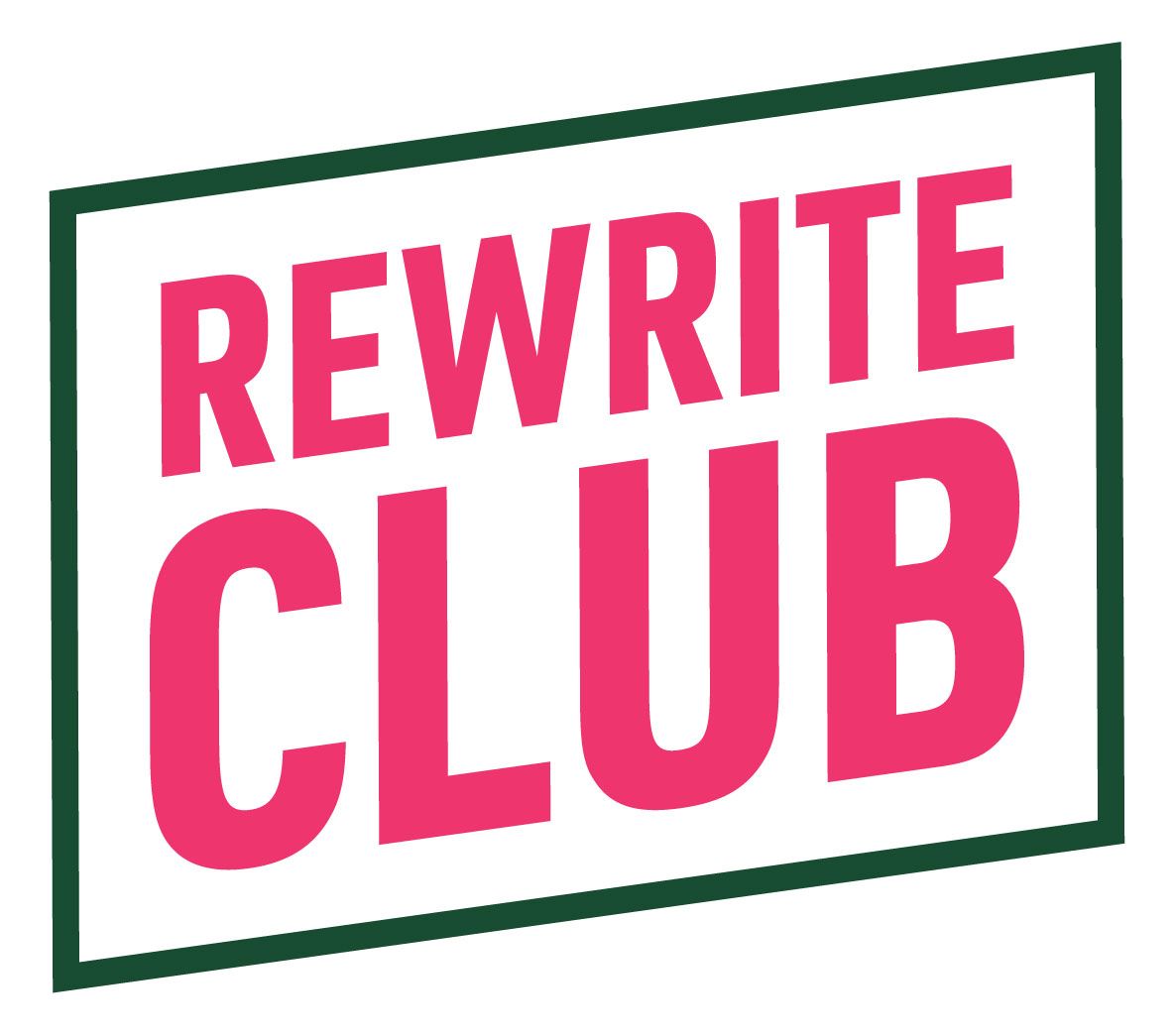5 Essential Tips to Structure Your Dissertation for Success
Discover 5 Essential Tips to Effectively Structure Your Dissertation And Enhance Your Writing

Nearly half of PhD students hit a wall when writing their dissertation. Why?
Because organizing 200+ pages of research, theory, and brain sweat is brutal.
But here's the truth: Structure is everything. A tight structure keeps your ideas clear, your arguments sharp, and your readers (including your advisor) engaged.
So, if your dissertation currently looks like a data dump in a Word doc, don't panic. We've got 5 essential tips to help you organize your chaos and finish strong.
Why Structure Is Your Secret Weapon
A dissertation is more than just a lengthy research paper; it presents your years of hard work, scholarship, and research expertise. The structure forms the backbone of your dissertation, guiding readers through your arguments, findings, and conclusions. A coherent structure allows your ideas to flow logically, promoting better comprehension and retention of information for your audience.
In other words, your structure is your spine. Without it? Your writing crumples.
Tip 1: Start with a Strong Outline
Before typing the introduction, take the time to draft a detailed outline. An outline acts as a roadmap that will guide your writing process. Here's how to create a comprehensive outline:
- Identify Key Sections: Most dissertations include the following key sections: introduction, literature review, methodology, results, discussion, conclusion, and references.
- Subsection Ideas: Within each section, draft subsections to cover specific details. For example, under methodology, you may have subheadings on data collection and data analysis.
- Flow and Logic: Ensure each section builds on the last. The flow should be logical and should contribute to the overall argument you’re making.
- Flexibility: Your outline is not set in stone. As you write, you may find that certain sections need additional detail or restructuring. Be open to refining this document as your ideas evolve.
A smart outline will save you from 3 am breakdowns later.
Tip 2: Nail Your Introduction
The introduction lays the foundation for your dissertation. It sets the tone and prepares the reader for what's to come.
Consider the following components when writing your introduction:
- Context and Background: Offer a brief overview of the topic and the specific research problem you’ll address.
- Research Questions: Clearly state your research questions or hypotheses. This allows readers to understand your focus right from the start.
- Objectives and Significance: Explain the significance of your research and its broader implications for the field. This will establish the relevance of your work and engage your audience.
No throat-clearing. No jargon salad. Just a clear, confident entry point.
Tip 3: Develop a Well-Structured Literature Review
The literature review is an opportunity to demonstrate your understanding of the current research landscape. Follow these guidelines to write a compelling literature review:
- Organize by Themes: Rather than summarizing every piece of literature, categorize them by themes or methodologies relevant to your research.
- Critical Analysis: Don't just summarize previous works—evaluate them. Discuss the strengths and weaknesses and how they relate to your research question.
- Gap Identification: Clearly outline the gaps in existing literature that your research addresses. This bolsters the justification for your study.
This section proves you know your stuff. So don't regurgitate–analyze.
Tip 4: Present Your Methodology Clearly
The methodology section explains how you conducted your research. It should be detailed enough to allow others to replicate your study.
Cover the Essentials:
- Research Design: Describe your research design (qualitative, quantitative, mixed methods) and provide a rationale for your choice.
- Data Collection Methods: Detail how you gathered data (surveys, experiments, case studies) and why those methods were appropriate.
- Analysis Plan: Explain how you analyzed the data, including any statistical tools or approaches used.
Write so clearly that someone else could replicate your study without texting you at 2 am.
Tip 5: STICK the Landing
The conclusion is crucial as it wraps up your dissertation and re-emphasizes your main findings.
Ensure you:
- Summarize Key Findings: Reflect on your main points without introducing new information
- Discuss Implications: Address the broader implications of your findings for your field. What should others take away from your research?
- Identify Future Research: Propose areas for future research to demonstrate how your work contributes to the ongoing scholarly conversation.
A great conclusion tells your reader: I did the work. I know what it means. Let's keep going.
Where Do We Go from Here?
As they say, the best dissertation is a finished dissertation! Writing a dissertation is hard. But a clean structure makes it way less painful. By employing these five tips, you can structure your dissertation in a way that conveys your research clearly and effectively. Remember, a well-structured dissertation not only aids readers in understanding your arguments but also showcases your professionalism as a researcher. As you embark on your writing journey, keep your outline handy and allow your structure to guide your content.
Ready to make your dissertation truly shine? Send us your dissertation, and we’ll add polish. Plus, enjoy a 20% discount on our proofreading package! Just click here to get started!
In the words of William Butler Yeats, "Education is not the filling of a pail, but the lighting of a fire."

